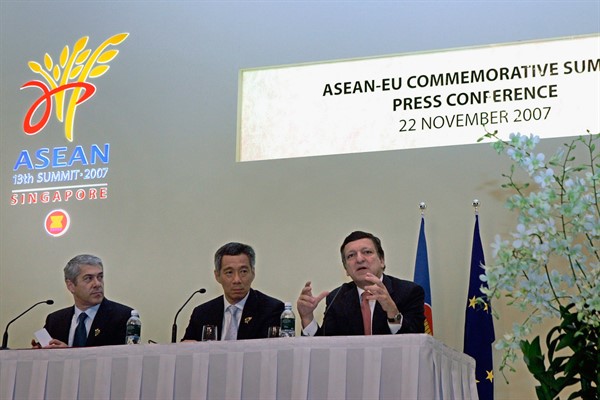Editor’s note: The following article is one of 30 that we’ve selected from our archives to celebrate World Politics Review’s 15th anniversary. You can find the full collection here.
One of the key differences between Western and Asian cultures is their view of time: Whereas history is linear and consequential as seen from the West, Chinese and other Asian cultures perceive time as being cyclical. In the latter view, the emerging Asian century is simply a natural phase within this recurring flow. As renowned economist Angus Maddison showed, China and India were the world’s largest economies for centuries. Only upon the dawn of the Industrial Revolution did Western Europe and the “Western offshoots”—Maddison’s term for the U.S., Australia, New Zealand and Canada—catch up and overtake the Asian giants. The weight of the continents effectively changed as the technological advances of the Industrial Revolution shrank the relative effect of population size with respect to productivity and output.
Today, we are witnessing another such tipping of the scales. Asia is returning to its place in history, “re-emerging,” as it were, with China currently holding second place in the ranking of world economies and poised to take the lead in the near future. The wealth of opportunities and challenges surrounding these changes can only be managed through strategic thinking and cooperation on the part of all parties involved.

